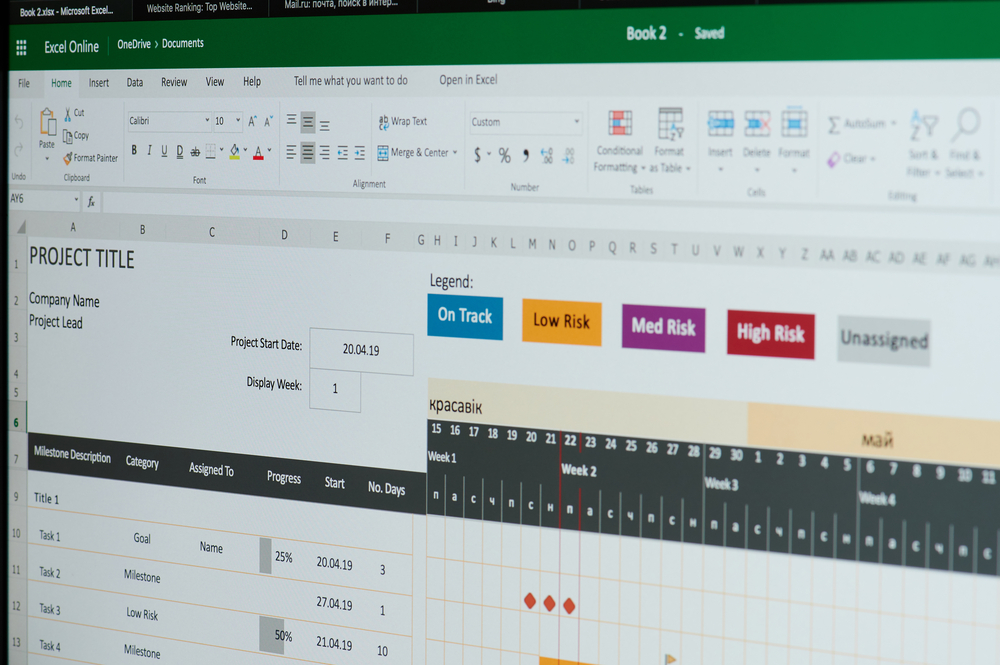
Excel has always been the default solution for marketing teams to manage their planning and execution activities. However, as the process becomes more complicated marketing departments tend to look for automation platforms to help streamline their planning process. This is not typically the case with the team that manages in-store marketing programs as they tend to maintain Excel as a tool to manage their campaigns instead of utilizing in-store marketing software. Below are seven indicators that it is time to migrate from excel to an enterprise planning software for your store marketing.
1. Several varying store formats and plans
As your retail business expands, you are constantly building stores in locations with varying sizes and layouts. This increases the complexity in planning your campaigns and makes it difficult to ensure you’re sending the right marketing to a store.
2. Frequent remodels and new store openings
Just as growth with new store openings increase the planning and execution complexity, remodels also require constant changes to store profile data and impact plans. An intelligent store profiler is required to simplify the process for planning remodels and new store openings.
3. Inaccuracies in production estimates
With several store variations and a large set of profile data the estimation process becomes highly complex and humanly impossible to manage in Excel. As your depth in store profile data increases, you need a platform to recommend and automatically estimate production quantities and costs
4. Increased shipping & kitting costs
One of the largest cost factors for your in-store marketing program is shipping and as your store base becomes larger with several variations, your costs for packaging and shipping increase. Using standardized kit pack-outs becomes cost prohibitive because you’re sending locations marketing collateral that doesn’t fit their stores. Costs can be significantly reduced when you use a platform to manage your in-store marketing instead of Excel
5. Large number of reorders from stores
When your reorder numbers are starting to increase, you quickly realize there is a major disconnect between what you’re shipping and what a store could possibly use. Additionally, if stores can order marketing collateral that isn’t meant for their location, you have a major mess in the reorder process.
6. Time-consuming planning with Excel
Due to the limitations of Excel and lack of automation, the planning process for in-store programs becomes tedious and highly time consuming. What should typically take a matter of minutes can take days to manage a marketing program for a larger store base.
7. Requiring frequent explanations to senior management on errors and delays
Having to constantly explain to senior management the errors or delays in planning and delivery of in-store marketing can also be attributed to using Excel. With the right in-store marketing software, your process is streamlined and requiring a matter of minutes to execute the marketing program.
Overall Excel is a great tool for starters but as an organization matures, the in-store marketing department requires a platform to address the planning and execution process. Migrating from Excel will save you a tremendous amount of time and deliver significant cost savings. It will also reduce the number of errors and save you from having to explain to senior management.
To understand more about how CrossCap helps replace Excel and is used by retailers to streamline their in-store marketing programs, request a demo.

